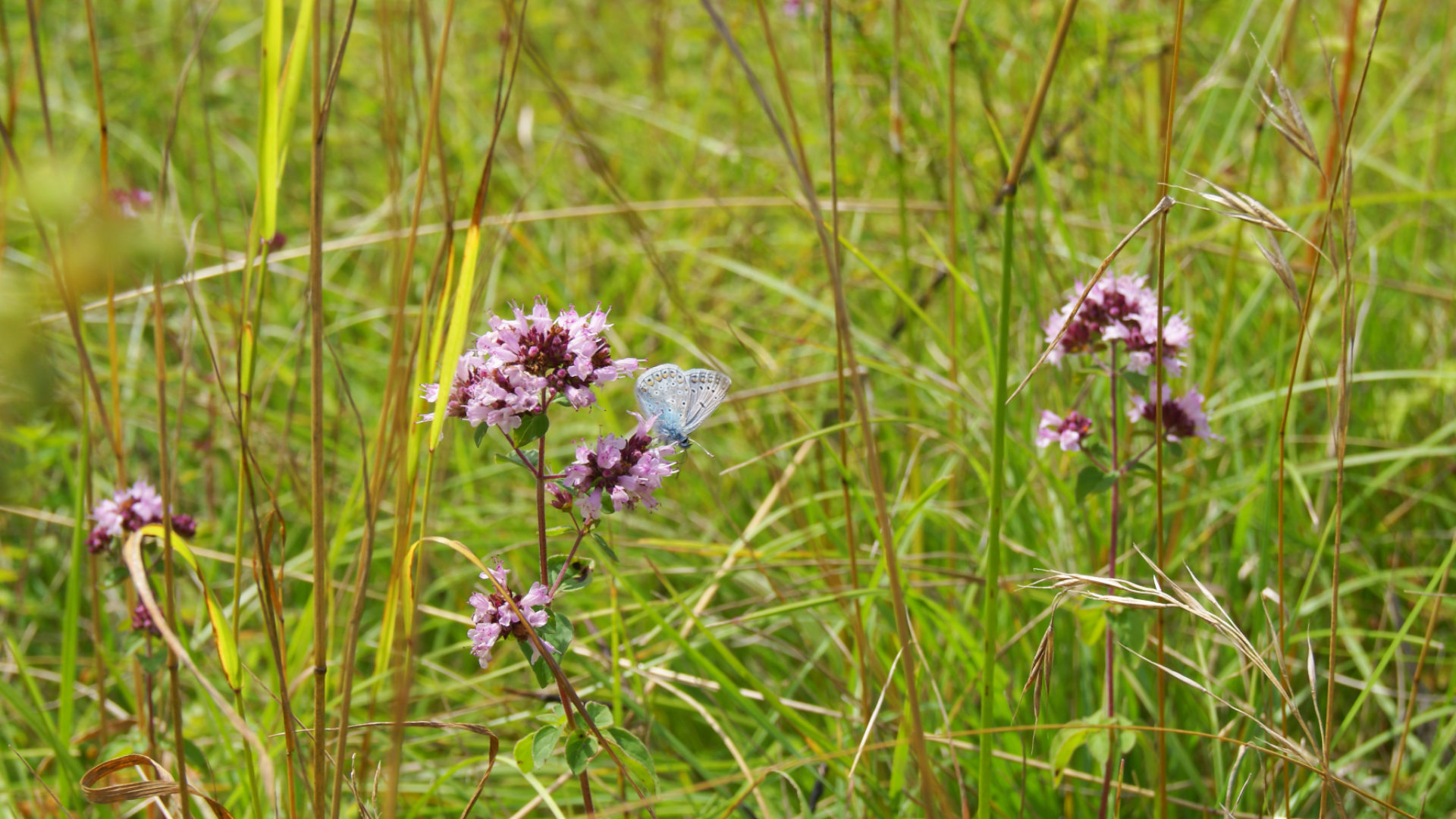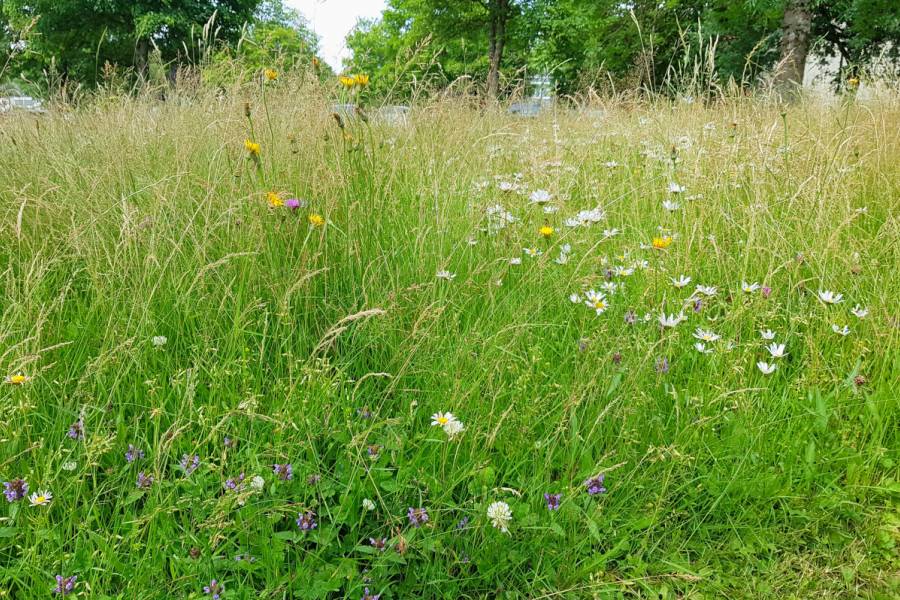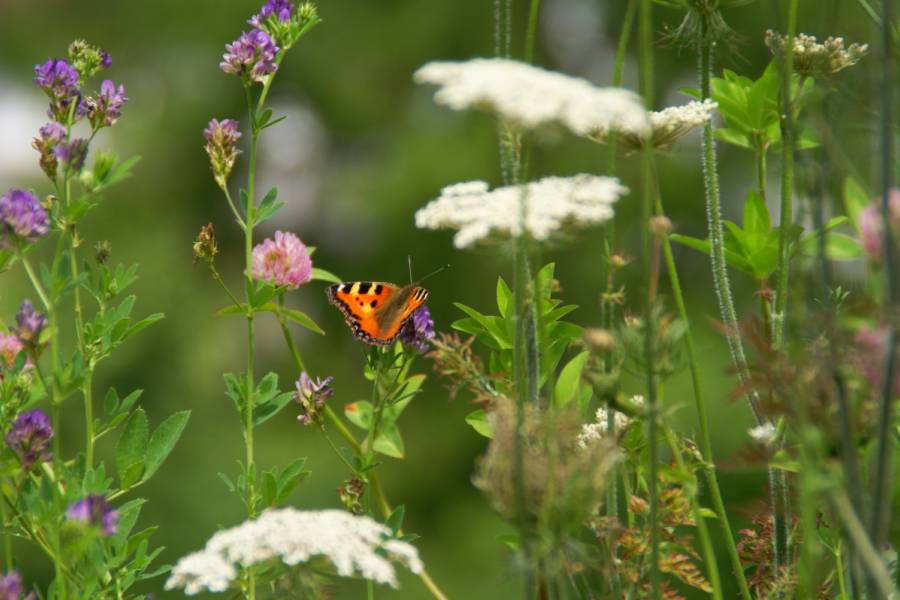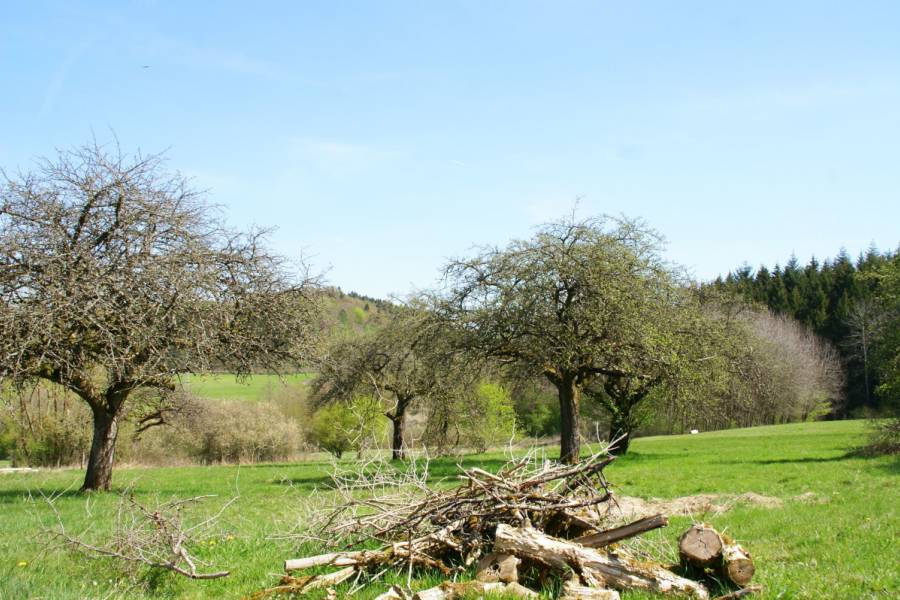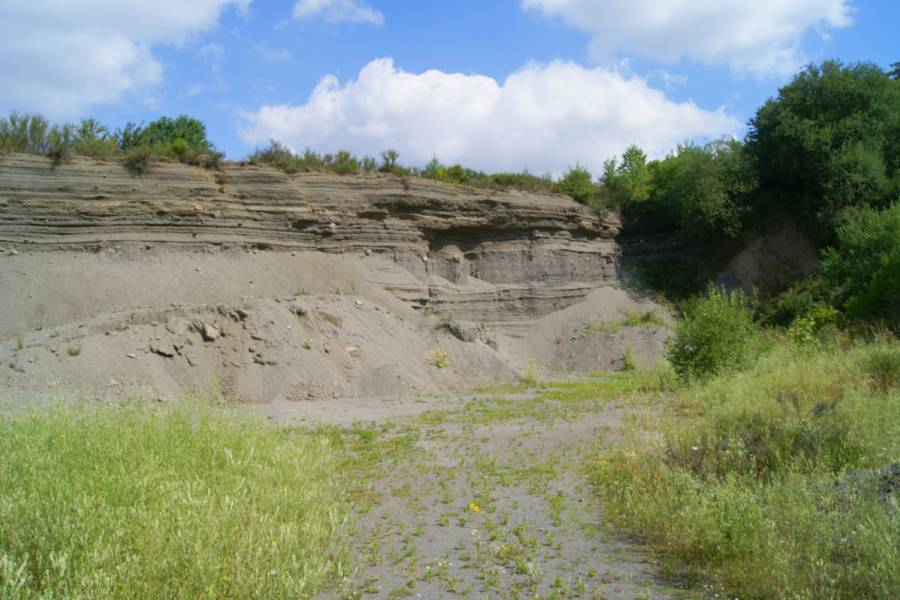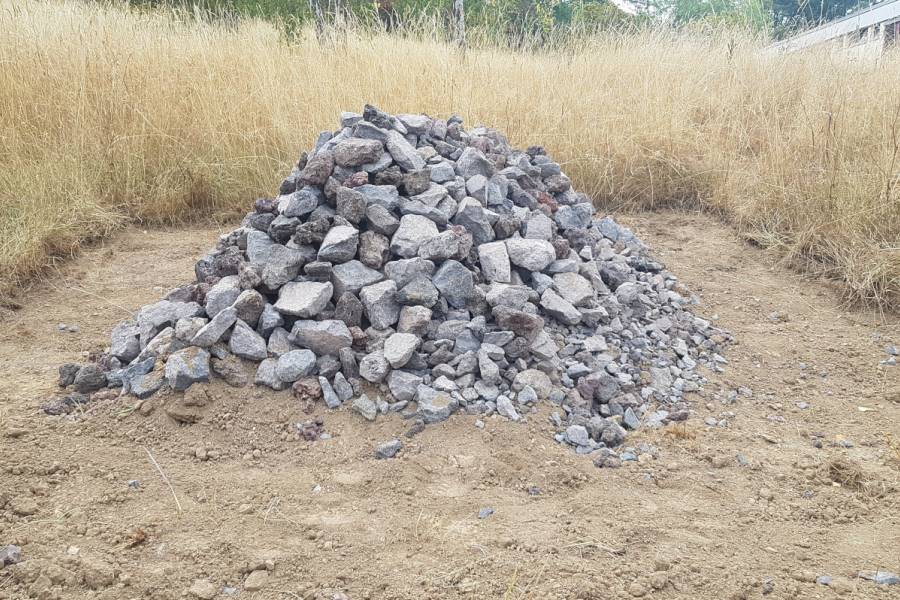Biodiversity in settlement areasBlooming Vulkaneifel
The “Blooming Vulkaneifel” project is based on the ecological green space concept of the Vulkaneifel district, which wants to set a model for public administrations and convert its own public green spaces into ecologically valuable areas.Discover here how you can contribute to increasing biodiversity in residential areas. Even small measures for you can mean the world for small creatures.
Read more …
